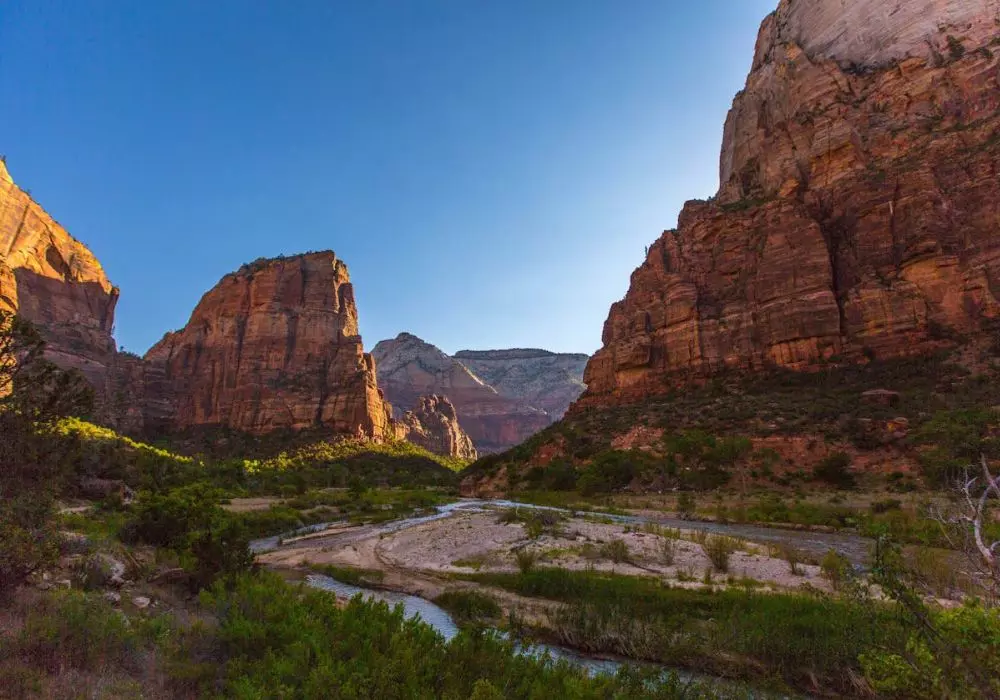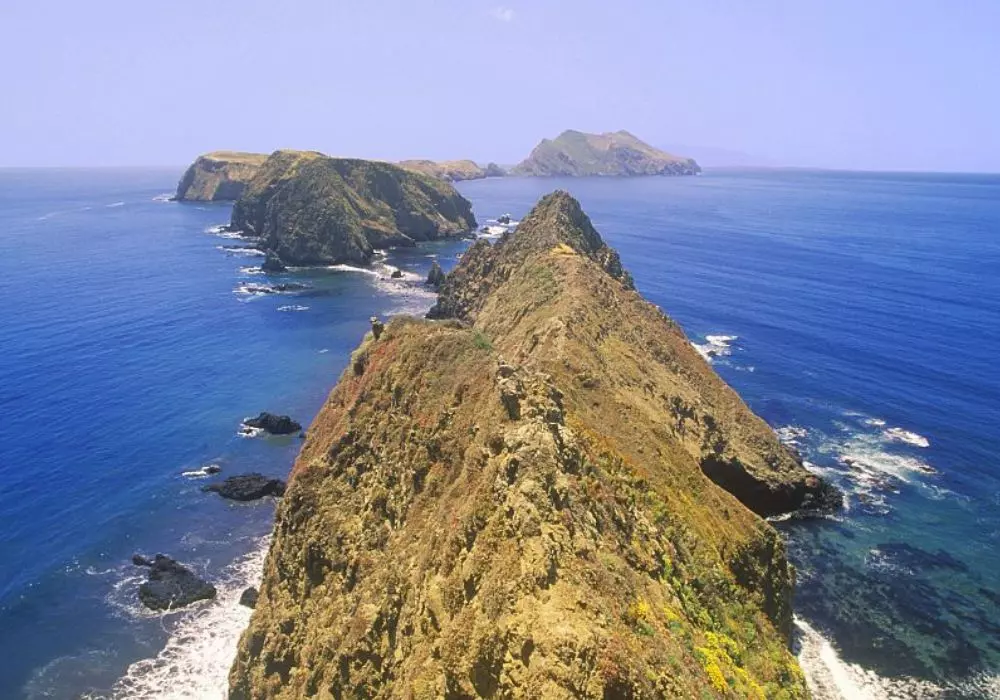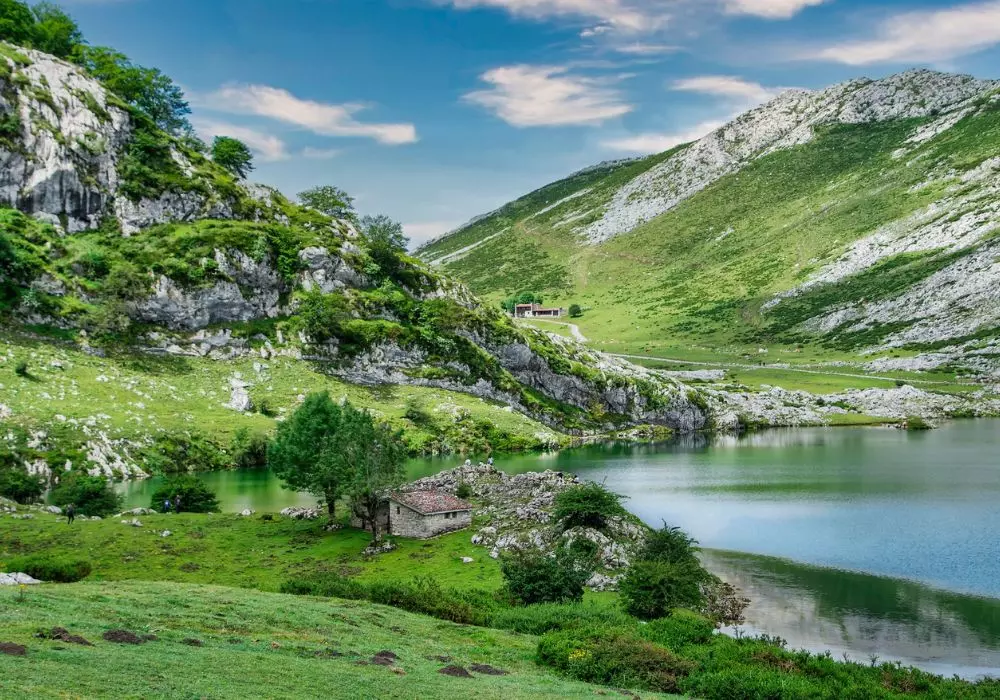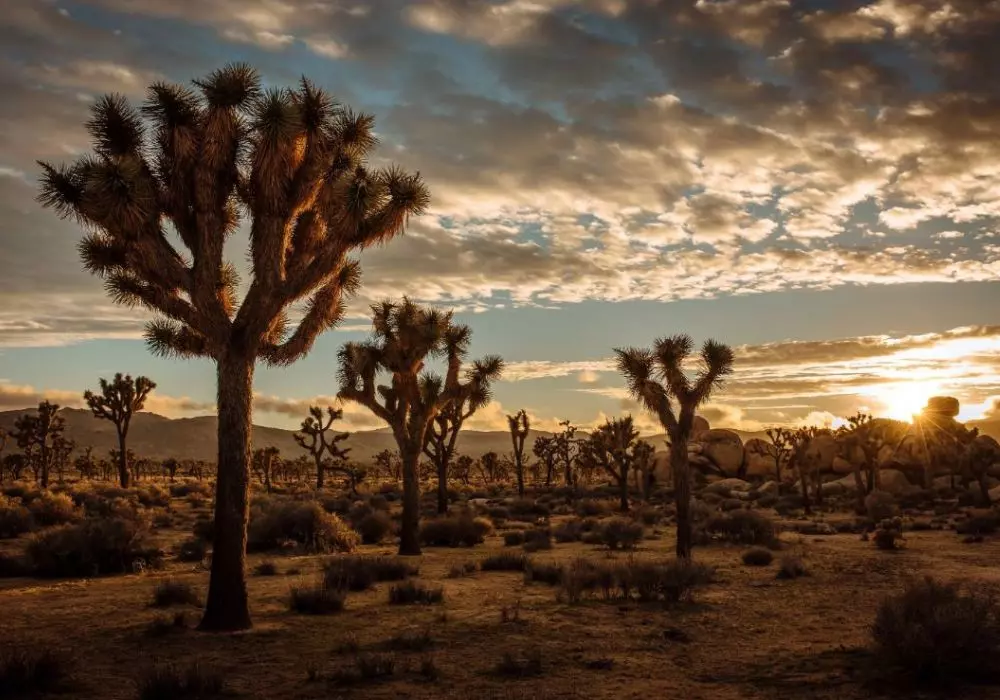Zion National Park, located in the southwestern corner of Utah, is a place where the beauty of nature transcends the ordinary.
Known for its towering sandstone cliffs, deep canyons, and stunning vistas, Zion offers a unique combination of breathtaking scenery and exhilarating outdoor activities.
Whether you’re an avid hiker, a photography enthusiast, or simply someone who appreciates the great outdoors, Zion National Park has something to offer.
Zion National Park was established in 1919 and has since become one of the most popular national parks in the United States.
The park covers over 229 square miles, with elevations ranging from 3,666 to 8,726 feet.
This elevation change creates a variety of ecosystems and habitats, making Zion a haven for diverse plant and animal life.
The park is famous for its towering cliffs of red, pink, and white Navajo Sandstone, as well as its scenic beauty and geological wonders.
One of the unique aspects of Zion is its accessibility.
The main road, Zion Canyon Scenic Drive, runs through the heart of the park and provides easy access to many of the park’s most popular trails and viewpoints.
For those who prefer to explore on foot, Zion offers some of the best hiking trails in the world, ranging from easy walks to challenging climbs.
Top Hiking Trails in Zion National Park
| Trail Name | Difficulty | Distance (Round Trip) | Highlights |
|---|---|---|---|
| Angels Landing | Strenuous | 5.4 miles | Narrow ridge, panoramic views |
| The Narrows | Moderate | 10 miles | River hike, towering canyon walls |
| Observation Point | Strenuous | 8 miles | High elevation, stunning vistas |
| Emerald Pools | Easy to Moderate | 1.2 to 3 miles | Lush pools, waterfalls |
| Canyon Overlook | Easy | 1 mile | Scenic overlook, sweeping views |
The Geology of Zion National Park
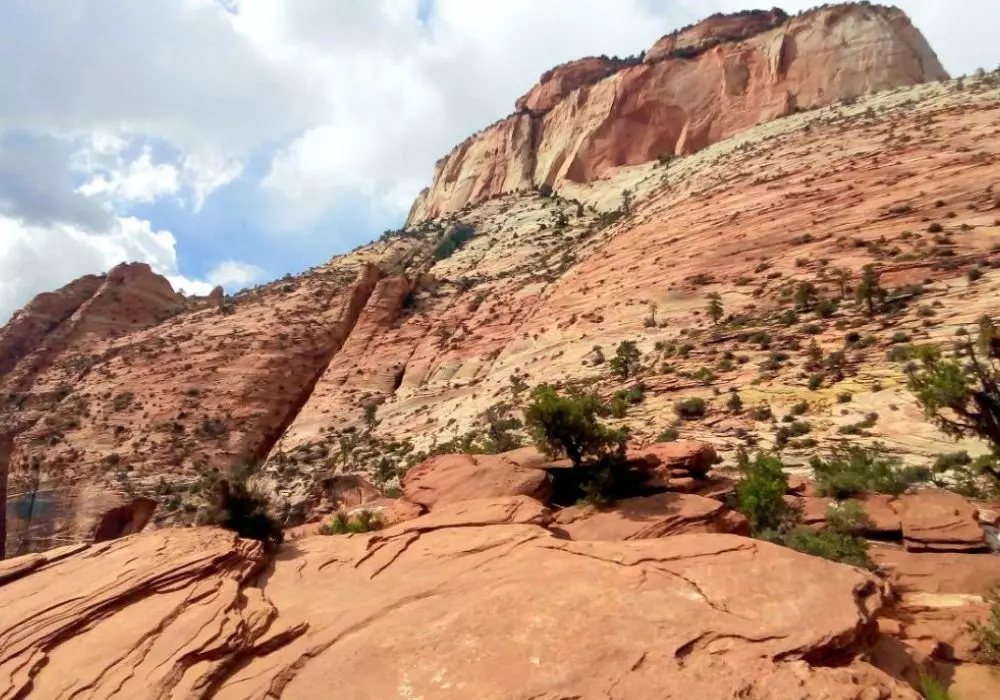

Zion’s striking landscape is the result of millions of years of geological processes.
The park is part of the Colorado Plateau, a region that has been uplifted and eroded over time to create a diverse and dramatic terrain.
The most prominent feature of Zion is its towering sandstone cliffs, which were formed by the deposition of sand and other sediments over millions of years.
The Navajo Sandstone, which forms the majority of the cliffs in Zion, was deposited around 180 to 190 million years ago during the Jurassic period.
Over time, the region was uplifted and eroded by the Virgin River, which carved out the deep canyons that are now a defining feature of the park.
The river continues to shape the landscape today, creating new features and altering existing ones.
Flora and Fauna of Zion National Park
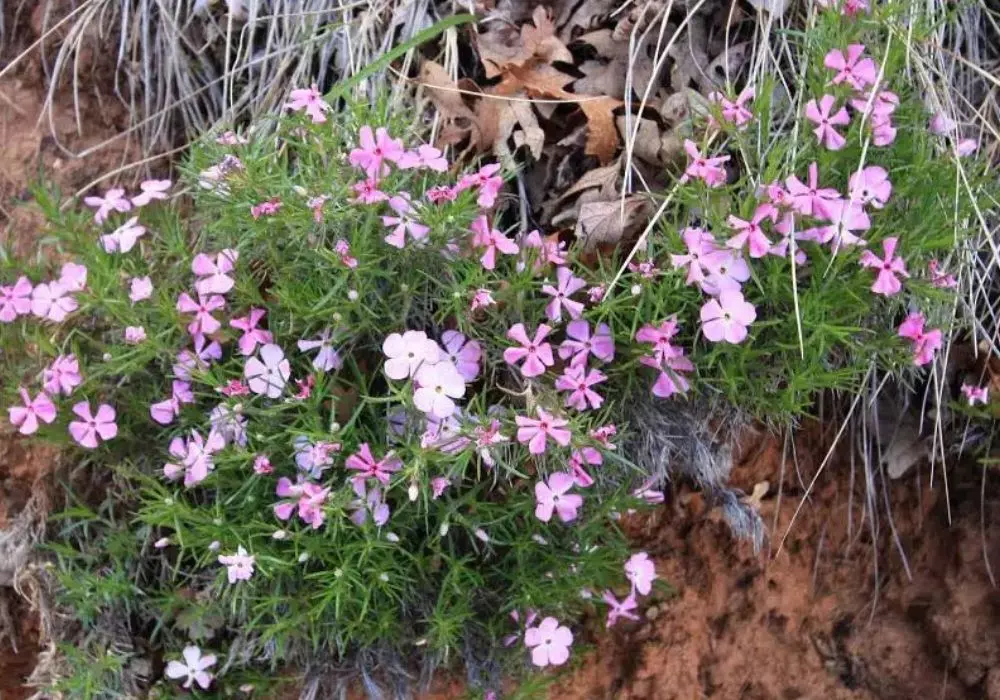

Zion National Park is home to a diverse range of plant and animal species, thanks to its varied habitats and elevation changes.
The park’s flora includes a mix of desert, riparian, and forest ecosystems, each with its own unique plant communities.
In the lower elevations, you’ll find desert plants like yucca, cactus, and sagebrush, while higher elevations support pinyon pine, juniper, and oak woodlands.
The park is also a haven for wildlife, with over 78 species of mammals, 291 species of birds, and 44 species of reptiles and amphibians.
Some of the most commonly seen animals in Zion include mule deer, rock squirrels, and wild turkeys.
The park is also home to several species of predators, including mountain lions, coyotes, and bobcats.
Birdwatchers will find plenty to keep them busy in Zion, with species like the peregrine falcon, golden eagle, and California condor making their homes in the park.
Zion is also an important stopover for migratory birds, making it a great place to observe a variety of bird species throughout the year.
Table 2: Best Times to Visit Zion National Park
| Season | Weather | Crowds | Best For |
|---|---|---|---|
| Spring | Mild, blooming flowers | Moderate | Waterfalls, wildflowers, hiking |
| Summer | Warm to hot | High | Long days, hiking, canyoneering |
| Fall | Cool, autumn colors | Moderate | Fall foliage, mild weather |
| Winter | Cold, possible snow | Low | Solitude, winter scenery, wildlife viewing |
Top Hiking Trails in Zion National Park
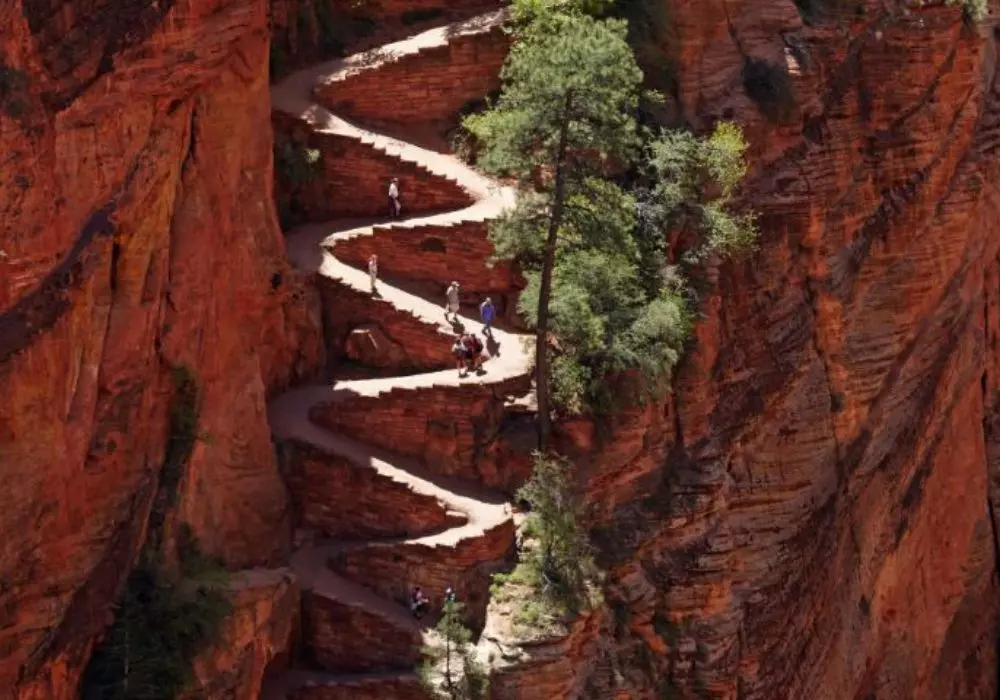

Zion National Park is a hiker’s paradise, with a wide range of trails that cater to all skill levels.
Whether you’re looking for a leisurely stroll or a challenging adventure, Zion has a trail for you. Here are some of the park’s most popular hikes:
1. Angels Landing
Angels Landing is one of the most iconic hikes in Zion National Park, and for good reason.
This strenuous 5.4-mile round trip hike takes you to the top of a narrow ridge with sheer drops on either side, offering breathtaking views of Zion Canyon.
The final section of the hike involves using chains bolted into the rock for support, making it a thrilling and challenging experience.
Due to the popularity and difficulty of this trail, a permit is required to hike Angels Landing.
2. The Narrows
The Narrows is another must-do hike in Zion, taking you through the narrowest section of Zion Canyon, where the walls tower up to 1,000 feet above the Virgin River.
This hike involves wading through the river, which can be cold and swift, so proper footwear and caution are necessary.
The hike can be as long or as short as you like, with most visitors turning around at Big Spring, making it a 10-mile round trip.
3. Observation Point
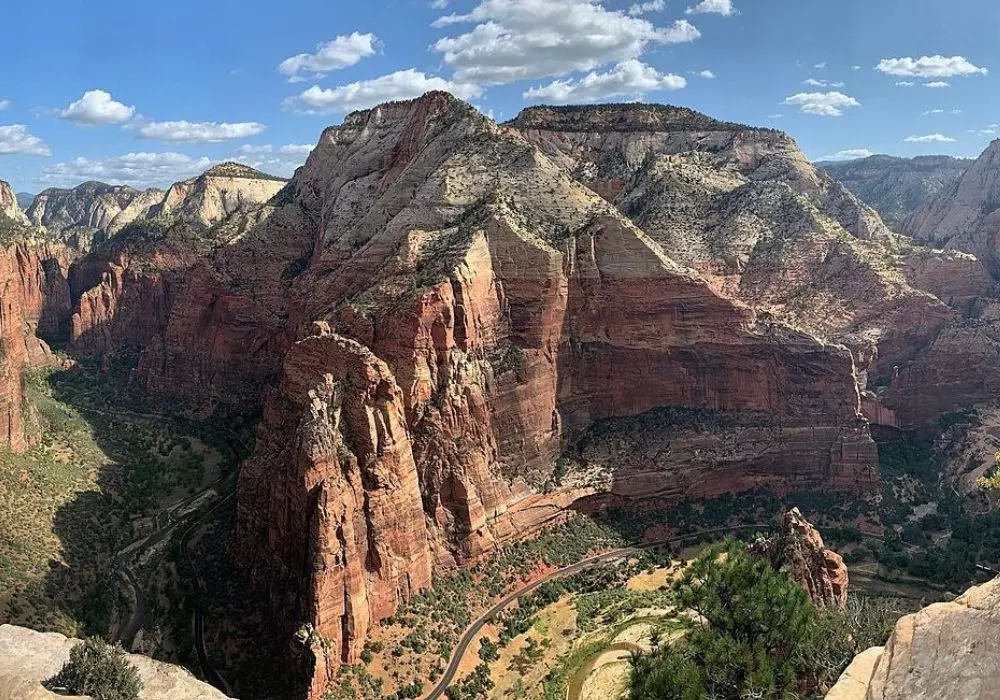

For those looking for a challenging hike with rewarding views, Observation Point is an excellent choice.
This 8-mile round trip hike gains over 2,100 feet in elevation and takes you to one of the highest viewpoints in the park.
From the top, you’ll be treated to panoramic views of Zion Canyon, including a bird’s-eye view of Angels Landing.
4. Emerald Pools
The Emerald Pools trail is a family-friendly hike that offers a glimpse of Zion’s lush oasis-like areas.
The trail consists of three sections—Lower, Middle, and Upper Emerald Pools—each with its own unique scenery.
The Lower Emerald Pools trail is an easy 1.2-mile round trip, while the hike to Upper Emerald Pools is a bit more strenuous at 3 miles round trip.
5. Canyon Overlook
For a shorter hike with stunning views, the Canyon Overlook trail is a great option.
This 1-mile round trip hike takes you to an overlook that offers sweeping views of Pine Creek Canyon and Zion Canyon.
The trail is relatively easy, but it does have some steep drop-offs, so caution is advised.
The Zion Shuttle System
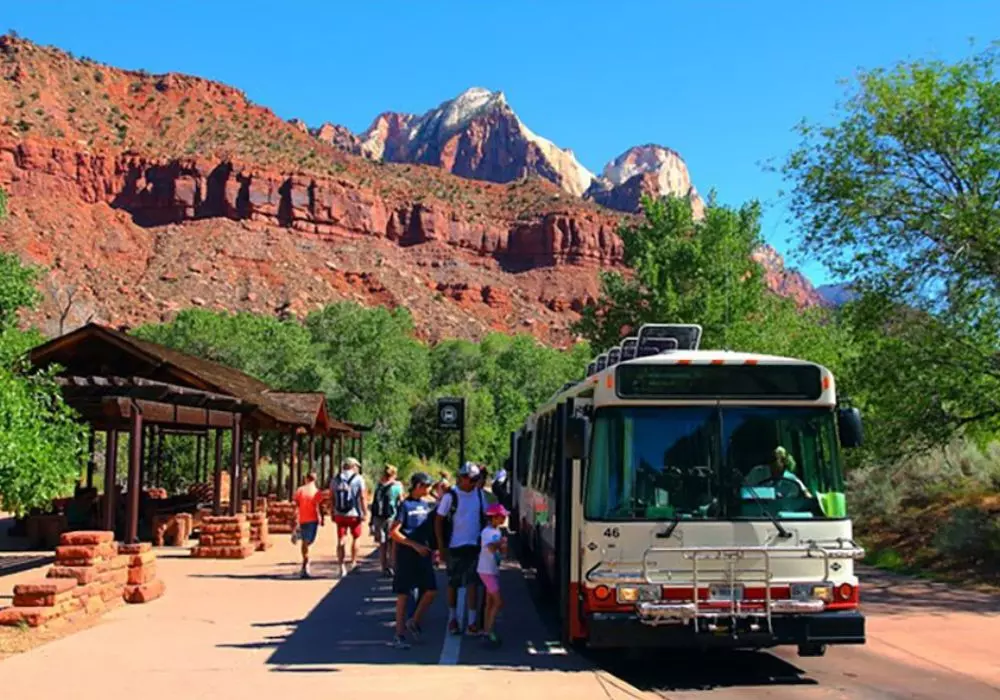

To protect the park’s fragile environment and reduce traffic congestion, Zion National Park operates a shuttle system during the peak season from March to November.
The shuttle system is free and provides access to many of the park’s most popular trails and viewpoints.
The main shuttle route runs along Zion Canyon Scenic Drive, with nine stops that provide access to various trailheads and points of interest.
Using the shuttle system is not only environmentally friendly, but it also allows visitors to relax and enjoy the scenery without the stress of finding parking.
The shuttles run frequently, so you won’t have to wait long to catch a ride to your next destination.
Camping and Lodging in Zion National Park
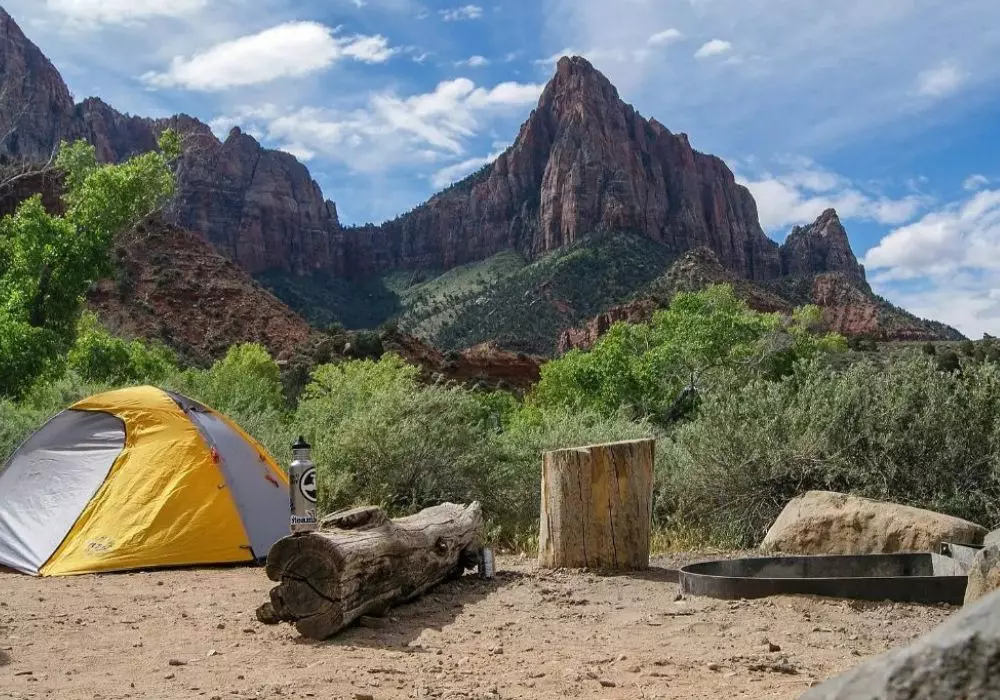

For those looking to immerse themselves in the beauty of Zion National Park, camping is a popular option.
The park has three campgrounds—South Campground, Watchman Campground, and Lava Point Campground—each offering a unique camping experience.
South and Watchman Campgrounds are located near the park’s main entrance and provide easy access to Zion Canyon, while Lava Point Campground is more remote and offers a quieter, more secluded experience.
In addition to camping, Zion also offers a range of lodging options, including the historic Zion Lodge, which is the only lodging available within the park.
The lodge offers a variety of accommodations, including cabins, hotel rooms, and suites, as well as a restaurant and gift shop.
There are also several hotels, motels, and vacation rentals located just outside the park in the town of Springdale.
Best Time to Visit Zion National Park
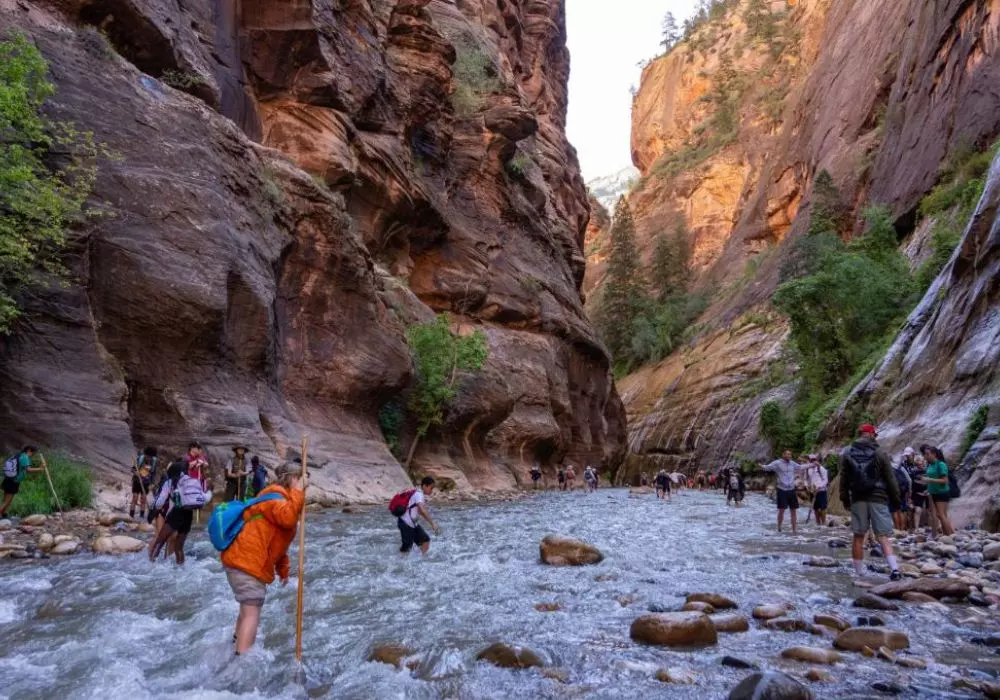

Zion National Park is open year-round, but the best time to visit depends on your interests and what you want to do.
Spring and fall are the most popular times to visit, as the weather is mild and the park’s foliage is at its most vibrant.
Spring is also a great time to see the park’s waterfalls in full flow, while fall offers stunning displays of autumn colors.
Summer is the busiest time of year in Zion, with warm temperatures and long days perfect for hiking and exploring.
However, it can also be crowded, especially on popular trails like Angels Landing and The Narrows.
If you plan to visit in the summer, be sure to start your hikes early in the day to avoid the heat and crowds.
Winter is the least crowded time to visit Zion, and while some trails may be icy or snow-covered, the park’s winter scenery is truly magical.
Winter is also a great time for solitude and wildlife viewing, as many animals are more active during the colder months.
Zion’s Hidden Gems
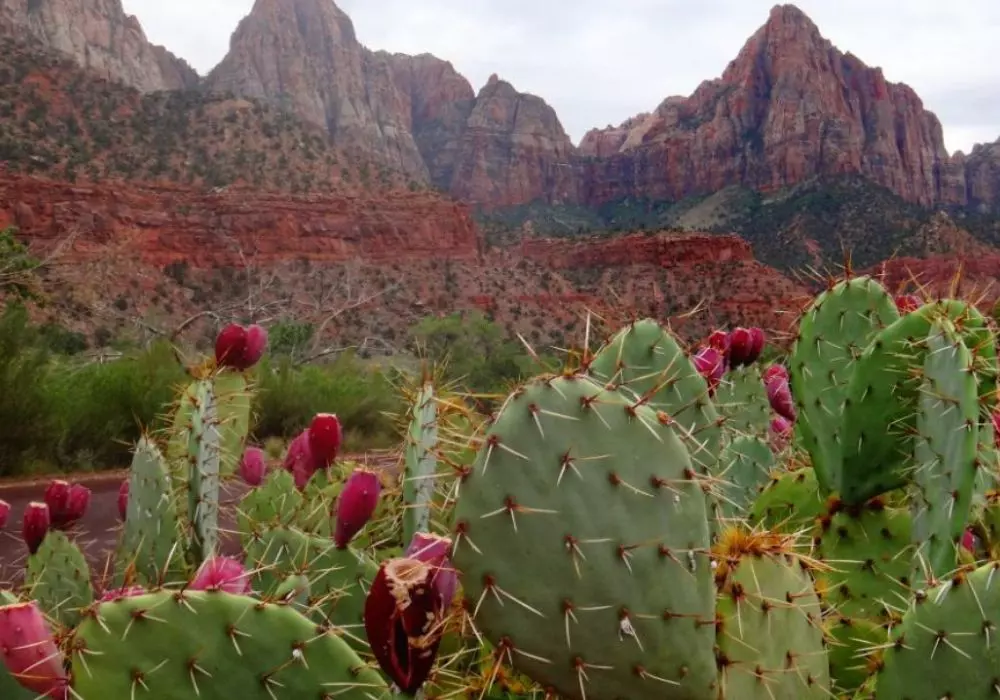

While Zion’s main attractions are certainly worth exploring, the park also has several hidden gems that are less well-known but equally spectacular.
Here are a few off-the-beaten-path destinations to consider:
1. Kolob Canyons
Located in the northwest corner of the park, Kolob Canyons is a less-visited area that offers stunning red rock formations, narrow canyons, and excellent hiking opportunities.
The 5-mile scenic drive through Kolob Canyons provides access to several trailheads, including the Taylor Creek Trail and the Kolob Arch Trail.
2. The Subway
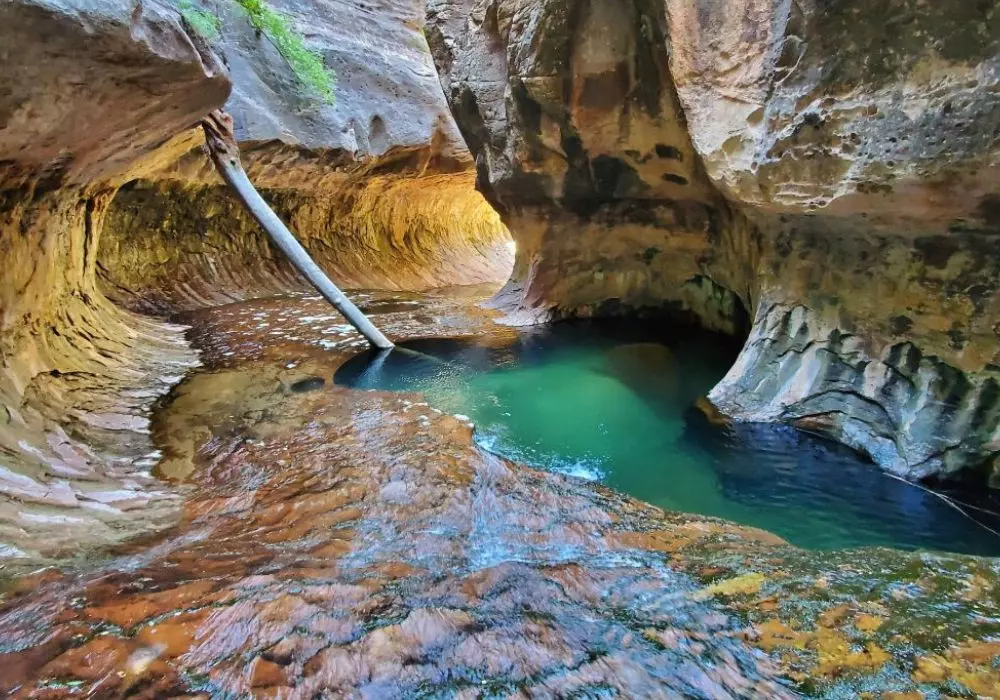

The Subway is a unique and challenging hike that takes you through a narrow slot canyon shaped like a subway tunnel.
The hike requires a permit and is best suited for experienced hikers, as it involves route finding, scrambling, and swimming through cold water.
However, the reward is a truly one-of-a-kind experience in one of Zion’s most stunning natural features.
3. Pine Creek Canyon
Pine Creek Canyon is a technical slot canyon located near the Zion-Mount Carmel Tunnel.
This challenging adventure requires canyoneering skills, including rappelling and swimming, but it offers a thrilling and scenic journey through narrow canyon walls and cascading waterfalls.
Conservation Efforts in Zion National Park
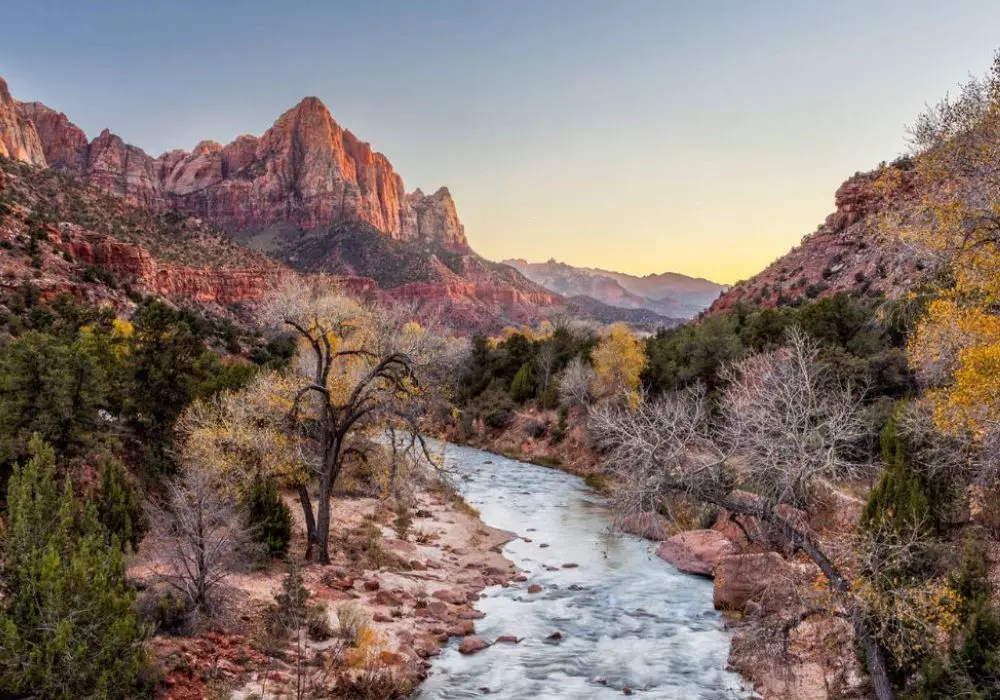

As one of the most visited national parks in the United States, Zion faces several challenges related to conservation and sustainability.
The park’s popularity has led to issues like trail erosion, overcrowding, and impacts on wildlife.
To address these challenges, the National Park Service has implemented several conservation initiatives.
One of the most significant conservation efforts in Zion is the shuttle system, which helps reduce traffic and air pollution in the park.
The park also encourages Leave No Trace principles, educating visitors on how to minimize their impact on the environment.
In addition, Zion is actively involved in habitat restoration projects, such as re-vegetating areas damaged by human activity and controlling invasive species.
The park also works closely with local communities and organizations to promote sustainable tourism and protect the natural resources of the region.
Conclusion
Zion National Park is a place of unparalleled beauty and adventure, offering something for everyone who loves the great outdoors.
Whether you’re hiking to the top of Angels Landing, wading through The Narrows, or simply enjoying the views from the scenic drive, Zion’s awe-inspiring landscapes are sure to leave a lasting impression.
As you explore Zion, it’s important to remember that this incredible place is also a fragile environment that needs our protection.
By following Leave No Trace principles, respecting wildlife, and supporting conservation efforts, we can help ensure that Zion National Park remains a natural treasure for generations to come.
Whether you’re a first-time visitor or a seasoned adventurer, Zion National Park is a destination that will inspire and captivate you.
So pack your hiking boots, grab your camera, and get ready to experience the majesty of Zion.
